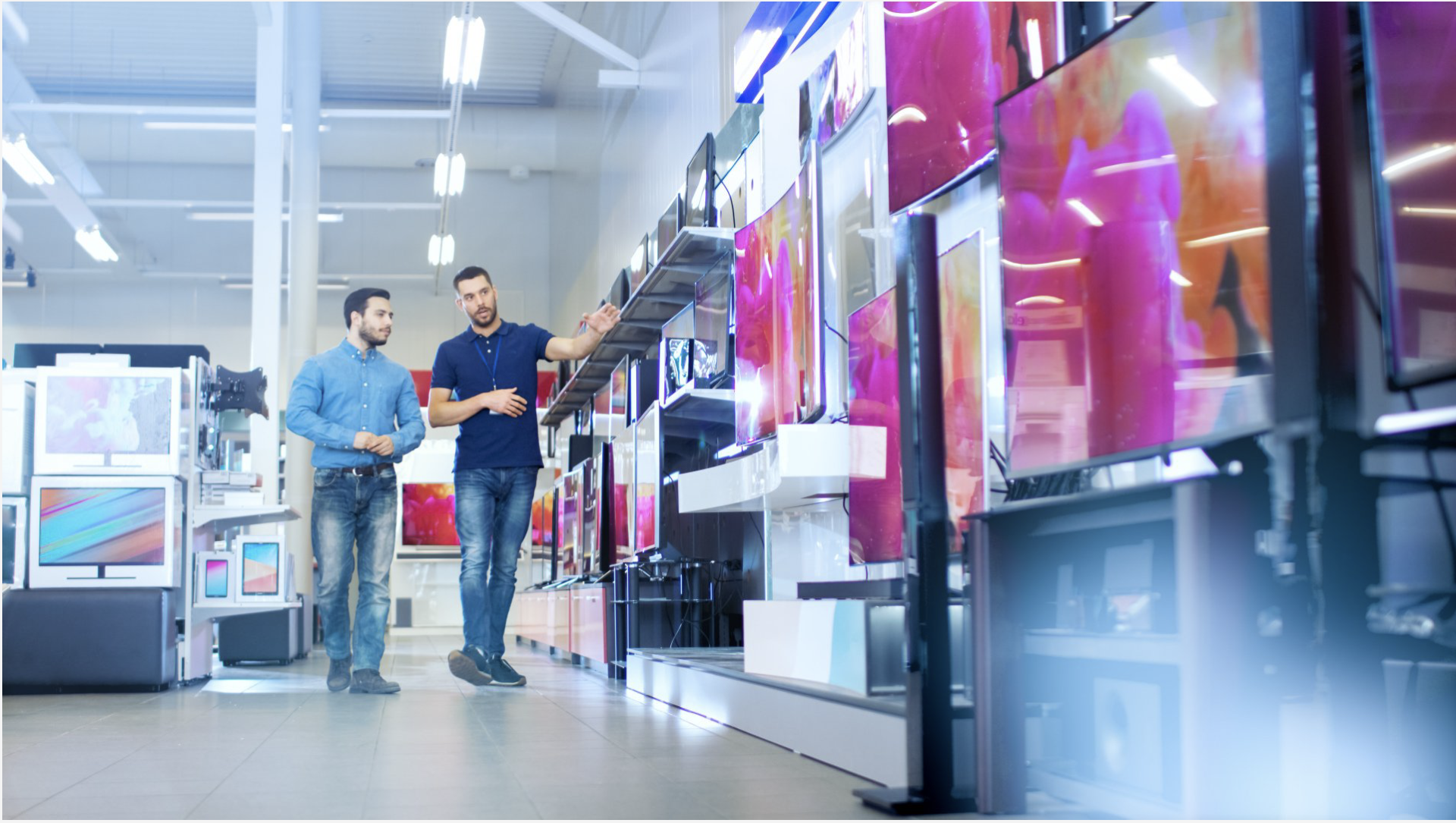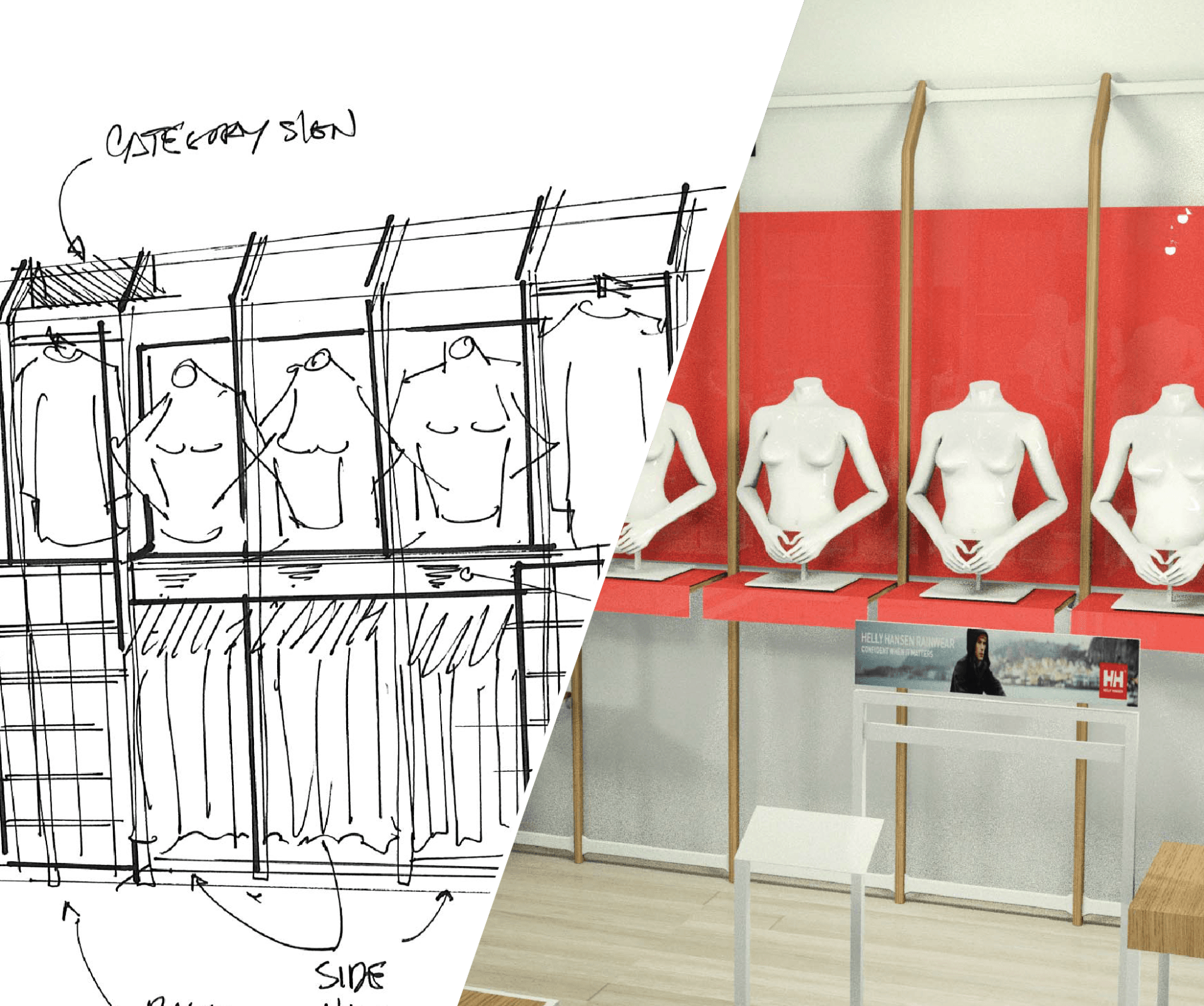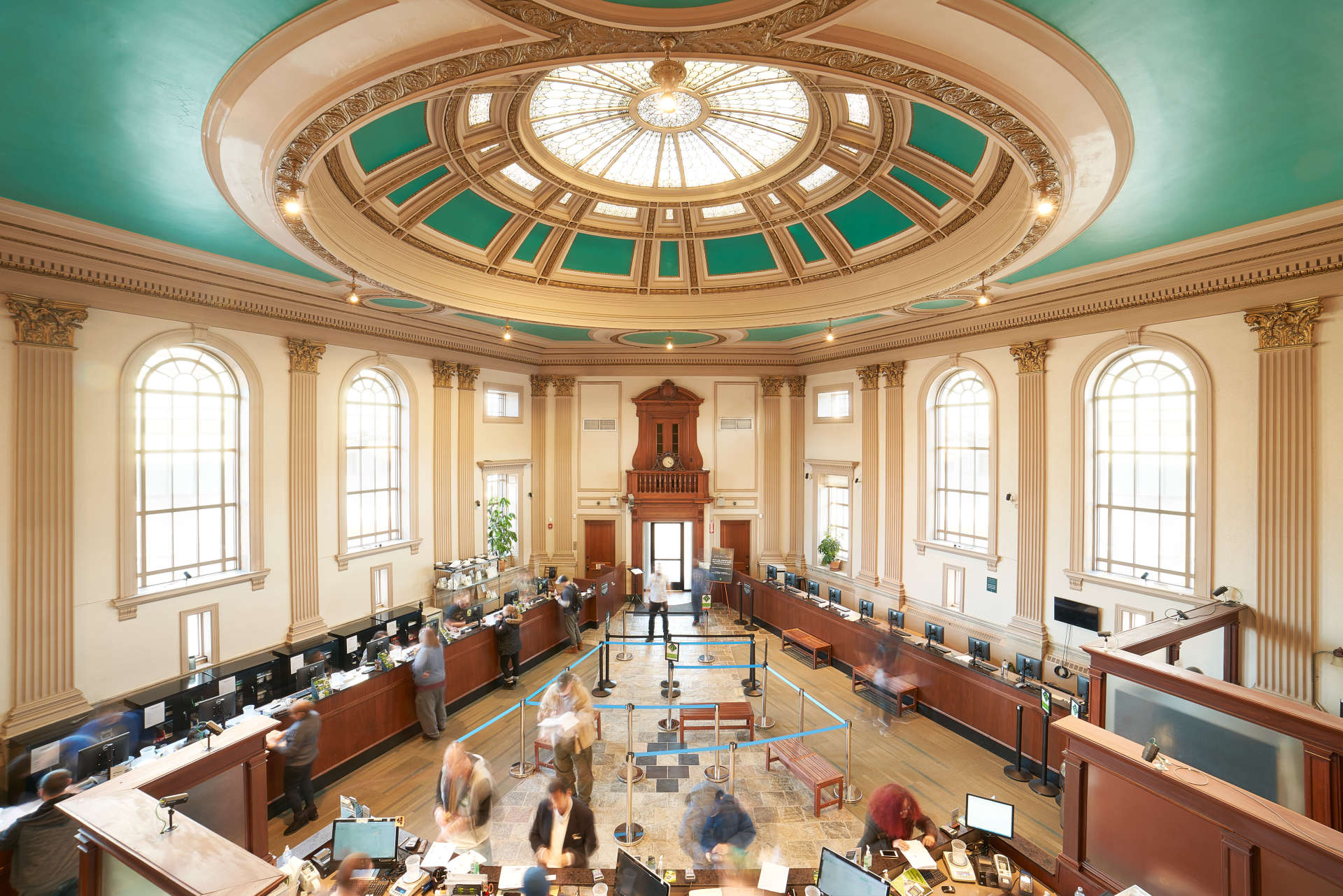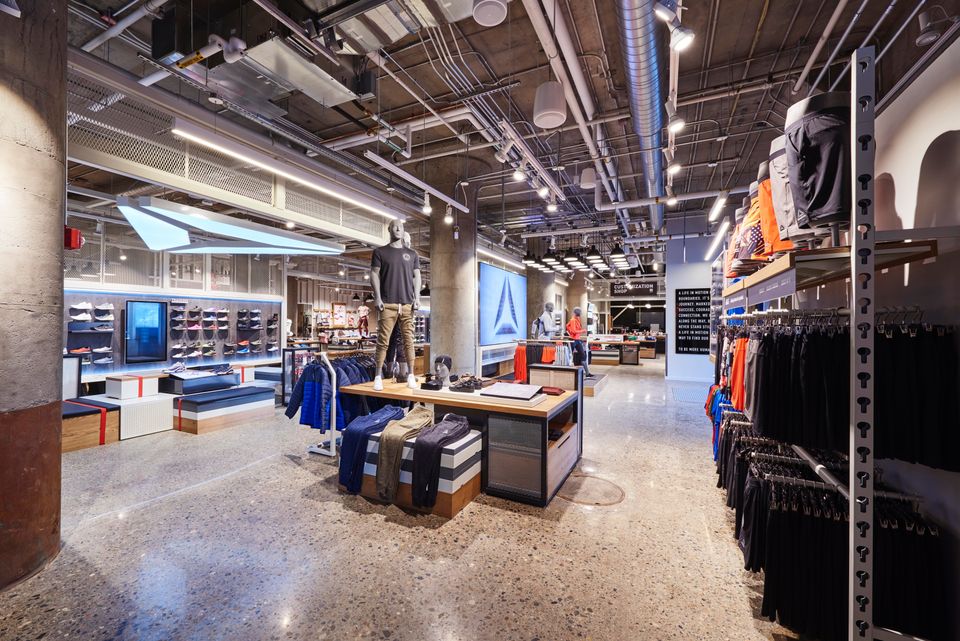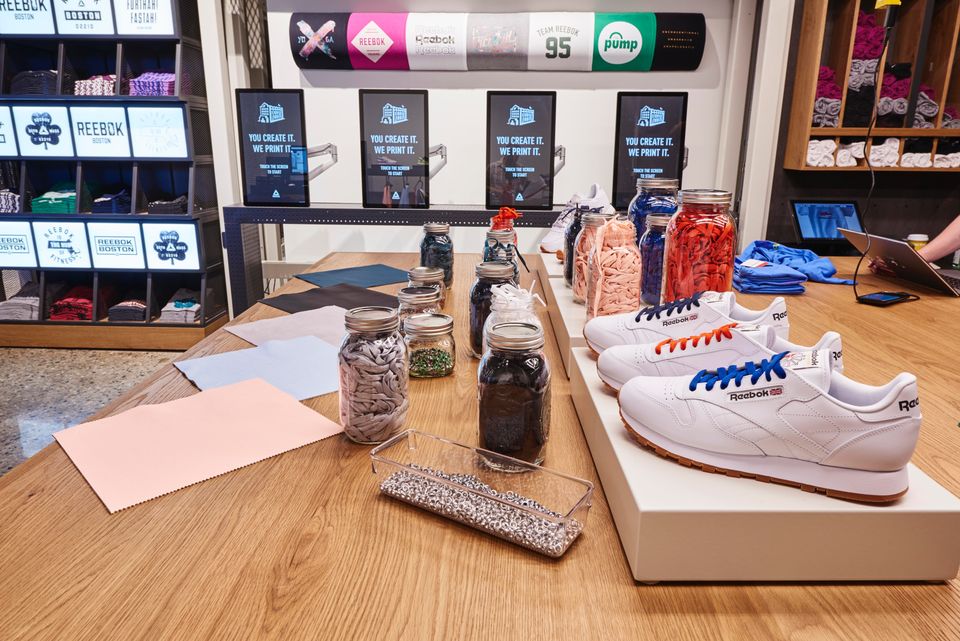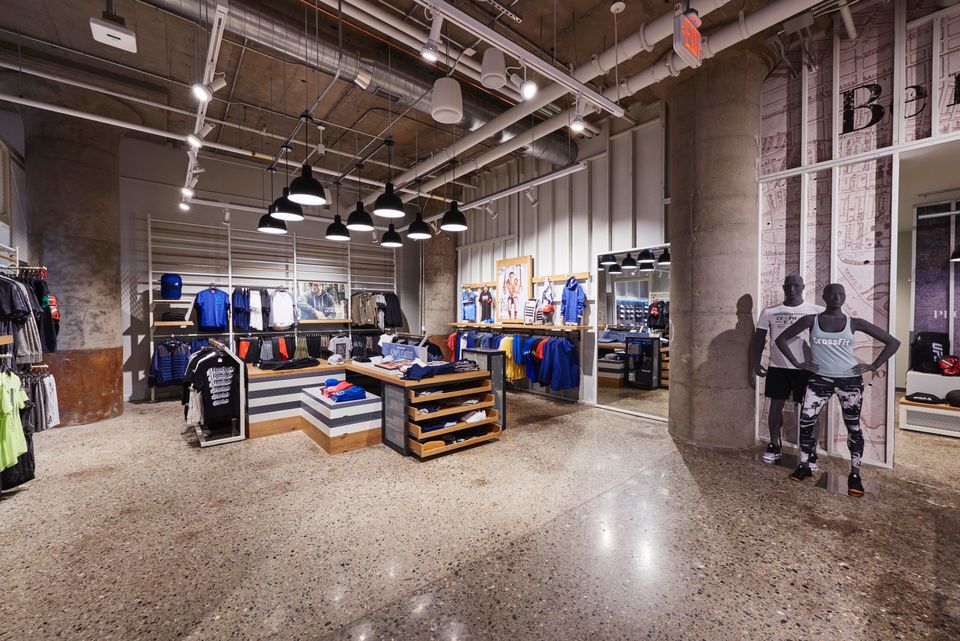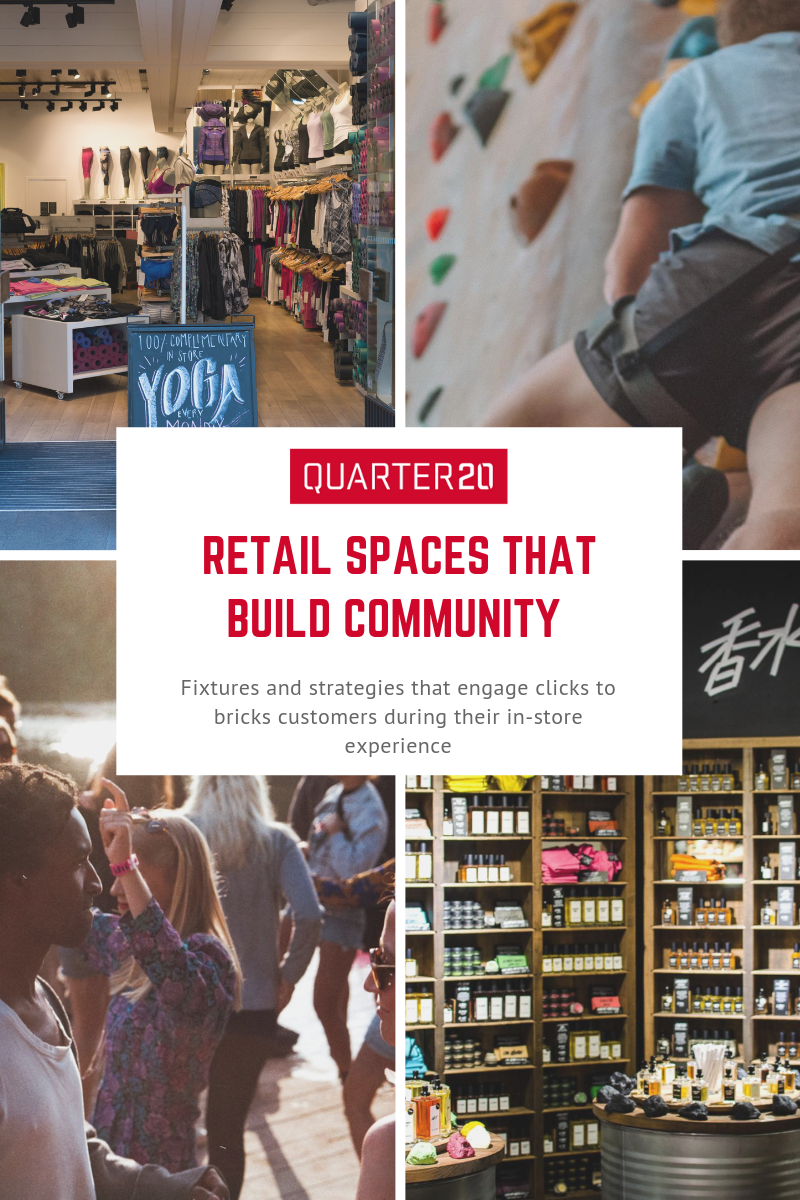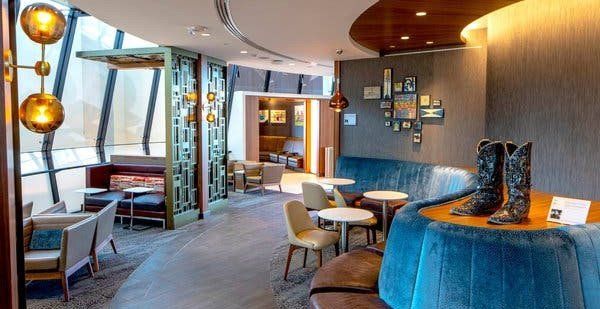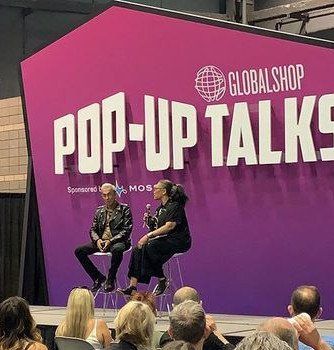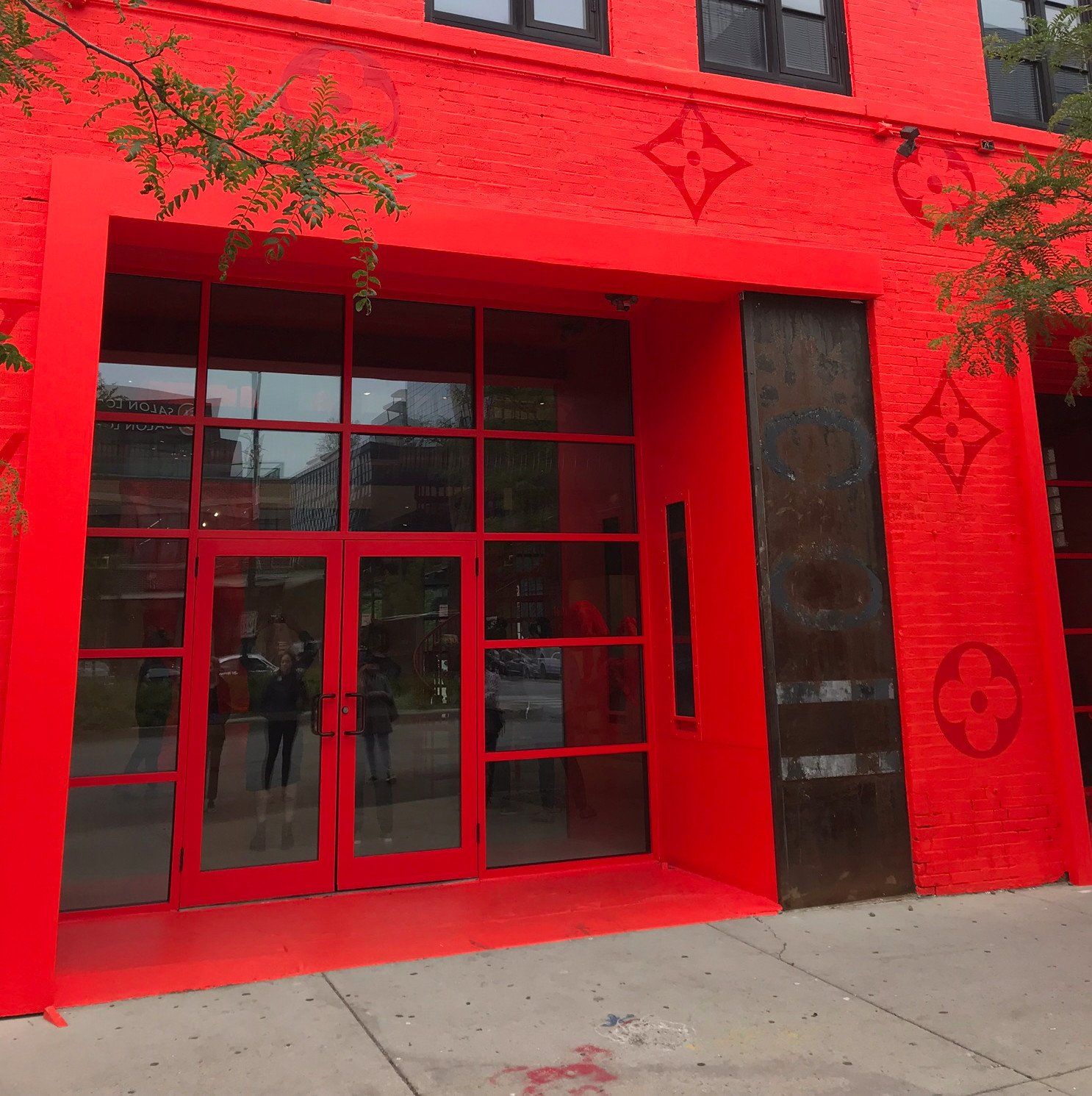Fitness Meets Fashion
How Quarter 20 Helped Reebok move into their new HQ
Building on our longtime partnership, Reebok came to Quarter 20 last year with the mission to help with their new retail direction that builds their on-going goal to inspire people to be their best - physically, mentally and socially. The new type of retail space is within Reebok's new Innovation and Design Building, located in a 100-year-old warehouse in theSeaport District.All the fixtures and treatments in the space highlight the
natural elements of the space such as the concrete pillars, high
ceiling, and natural rock flooring.The store conveys Reebok's innovation and creativity, while continuing to honor their rich heritage through the store's features and natural influences of the historic industrial space. It is both minimal and exciting, with features like an in-house shoe customization shop, fabric printing station, and a full gym combining fashion and fitness seamlessly for a true "athleisure" experience. We were happy to help kit it out.
Read the full story in design:retail's recent article:
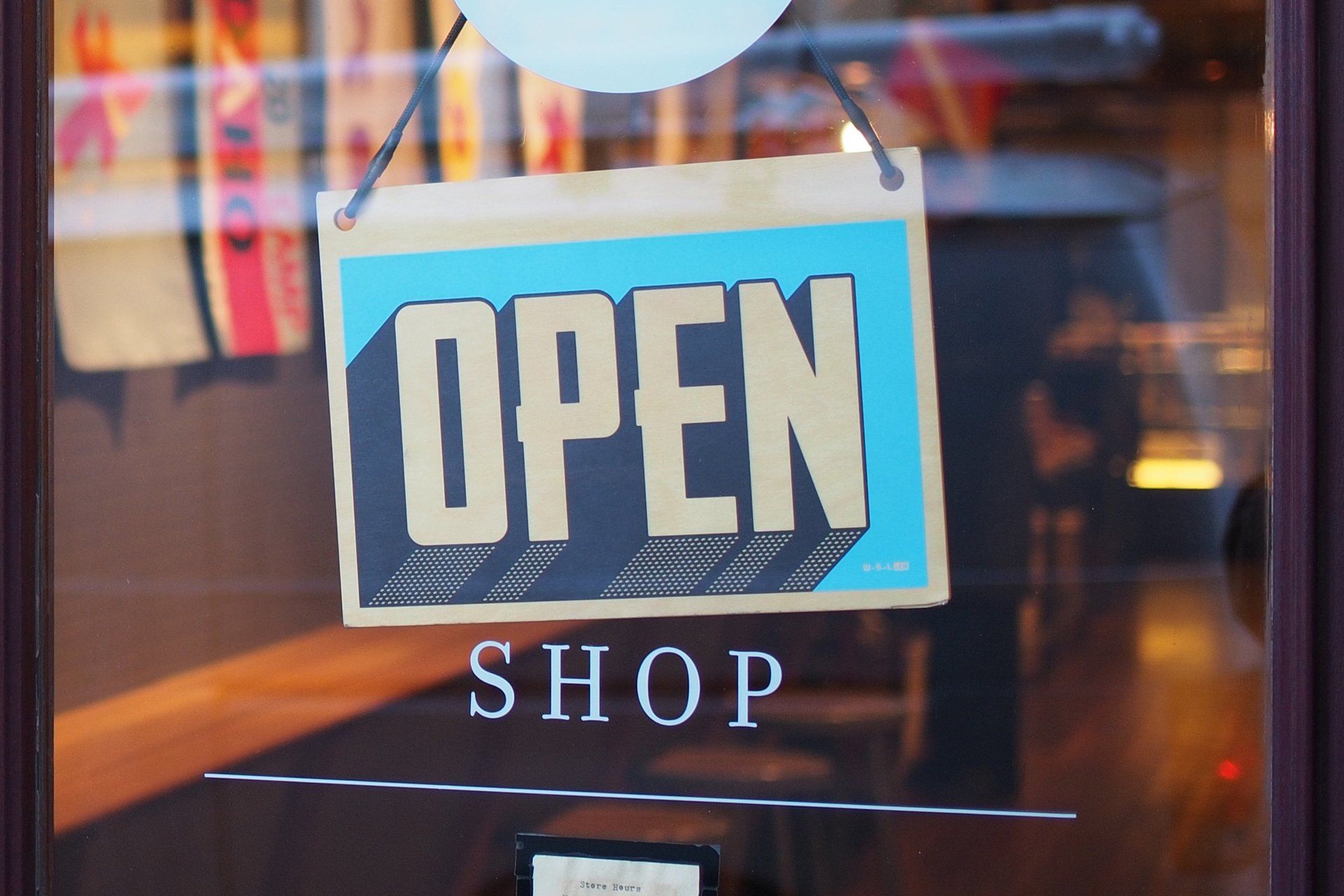
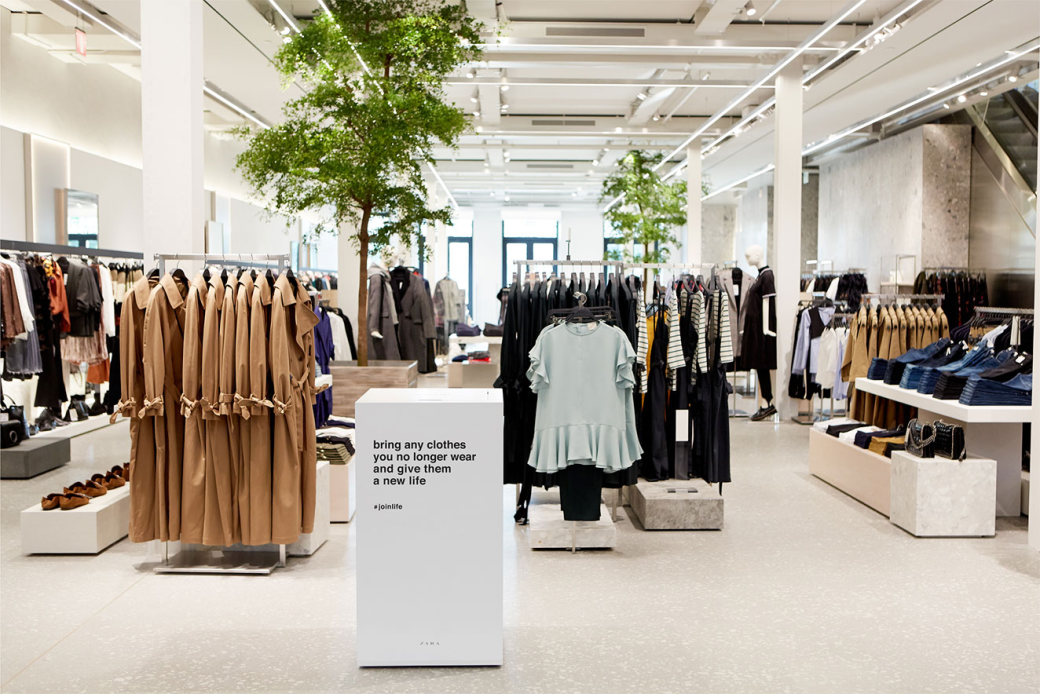
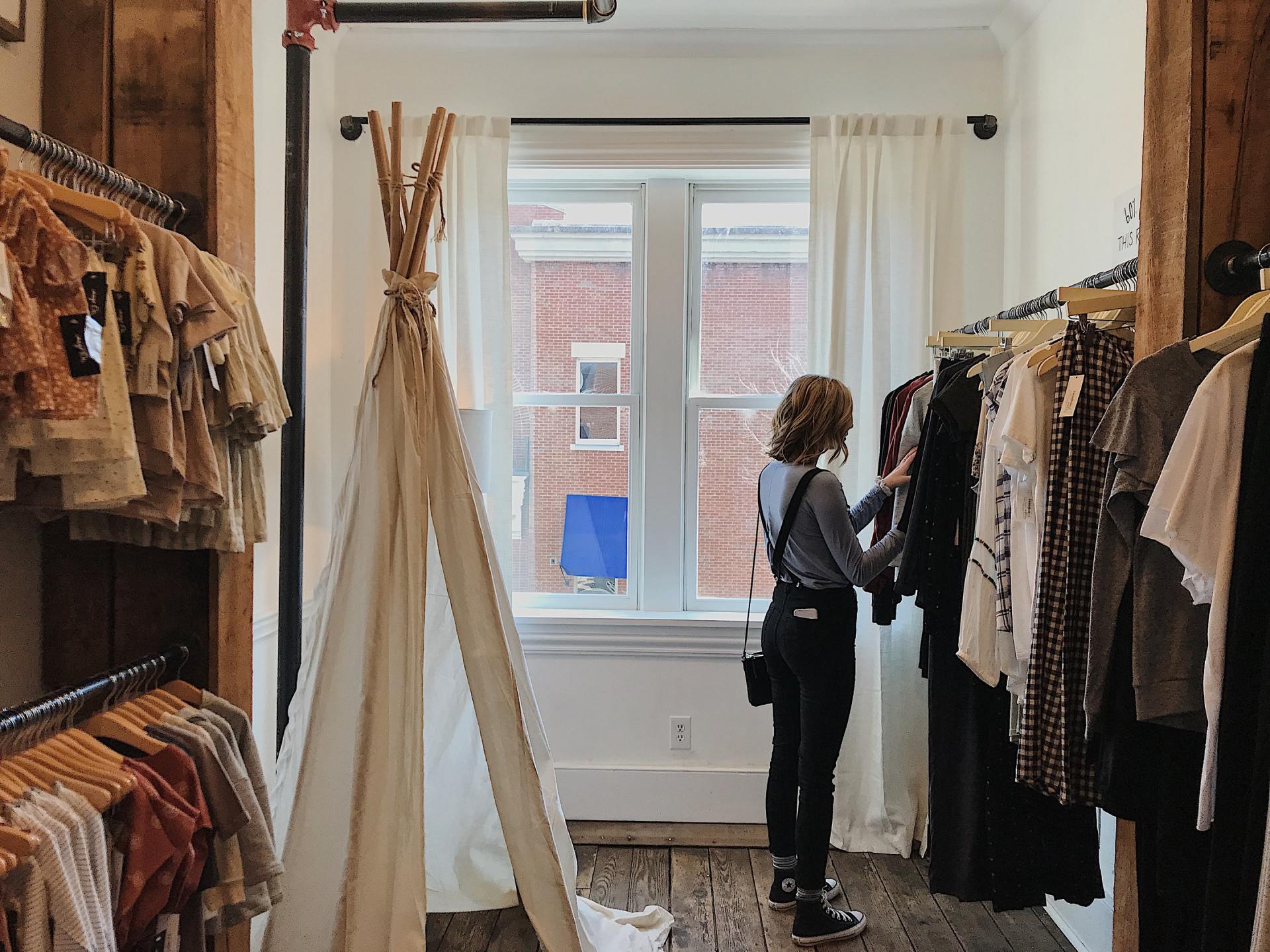
The Case For Convenience. How These Retailers Built Convenience Directly Into Their Brand Experience
